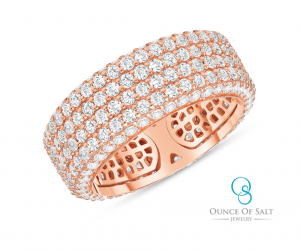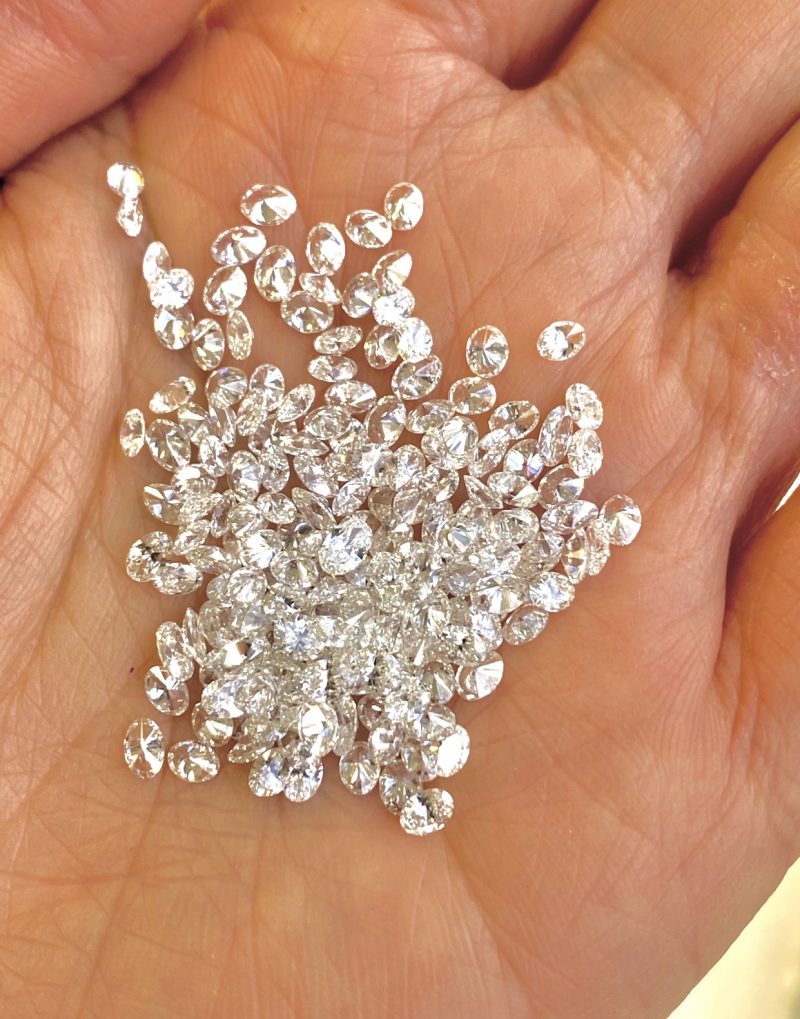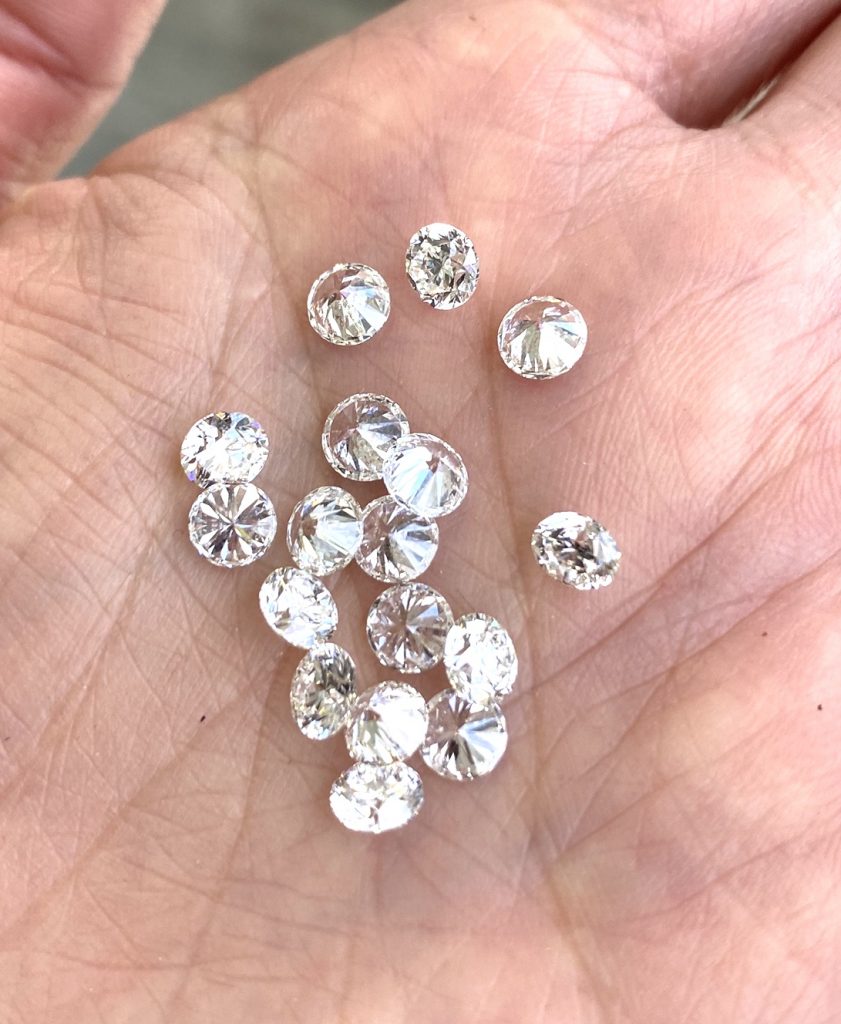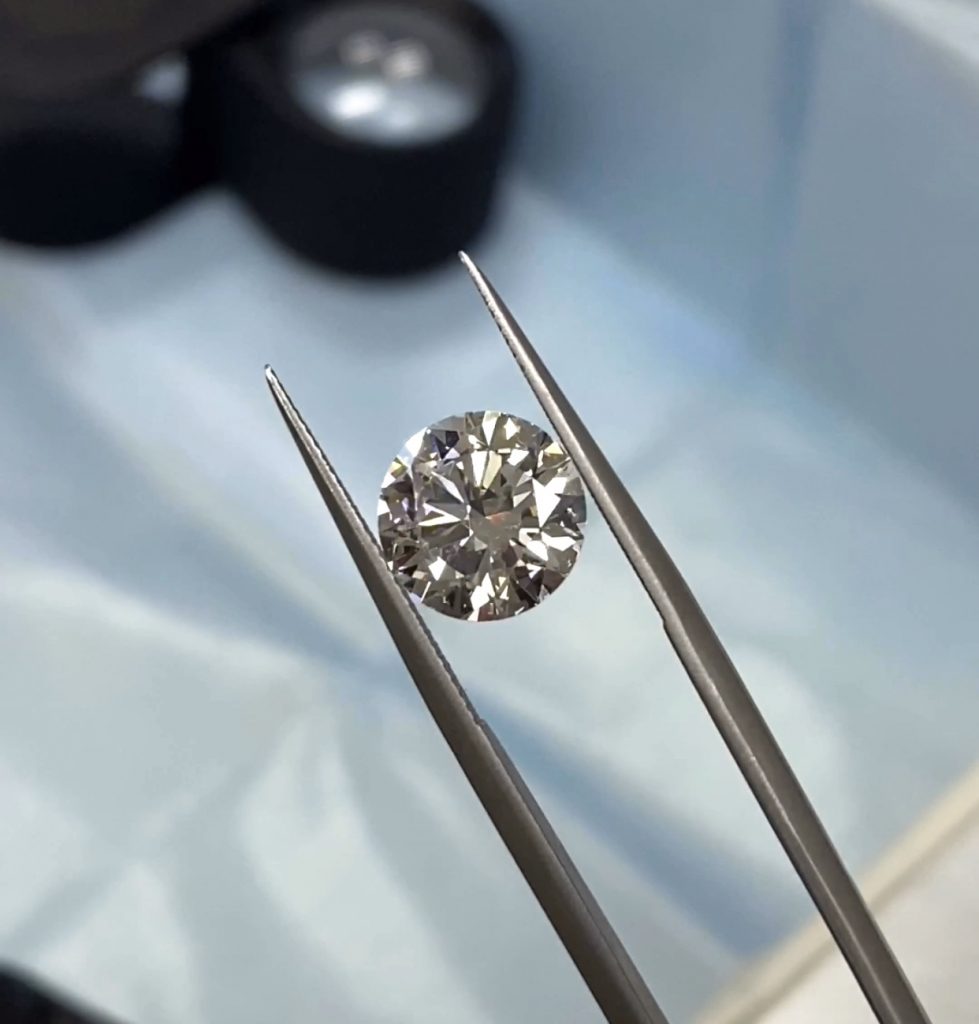I entered the Jewelry industry to make buying fine jewelry easier for the consumer. As I’ve written before, the fine jewelry industry comes with layers of deception and sales practices that can arguably be predatory. It’s important to do your research, to not rely solely on third-party reviews (many of which can be paid for), and to understand the face behind the brand from where you purchase.
The Know, Like, and Trust factor is of utmost importance in the jewelry industry!
With Valentine’s Day a few weeks away, men will be looking to gift fine jewelry to the ones they love. I wanted to make you aware of a problem in the supplier network of diamonds that most people in the industry don’t discuss: Synthetic Diamonds mixed in with Man-made Diamonds when sold to jewelry makers and designers.
Say Again?
Lab grown diamonds are being sold as real, natural diamonds
Synthetic diamonds are being mixed with natural diamonds and sold as real, 100% natural, mined stones. This is an ongoing problem with the small diamond market around the world. The jewelers don’t talk about it unless you ask. A jeweler must be very careful when purchasing their small diamonds for their jewelry to ensure they are not being sold a mixed bag.
Let me back up.
A problem in the small diamond market
Small diamond suppliers buy diamonds in parcels. They will get, say, 500 small stones of the same shape and size within a certain diamond grading class. The grading dictates the price per carat of the stones. For instance, a parcel of .05 carat round stones at F/G, VS quality will be a higher price per carat than the same parcel with a lower quality I color, SI rating.
With hundreds of stones in a parcel, it’s easy to mix in synthetic diamonds with the natural stones as long as the color and clarity matches the rest.
Lab grown diamonds, or CVD (Chemical Vapor Deposition) diamonds are up to 60% less in price than naturally mined diamonds. It is virtually impossible with the naked eye to tell a CVD from a natural diamond. The only way to be 100% sure that diamonds are natural mined stones are to put the diamonds through the testing equipment that can trace a synthetic diamond’s composition. These testing machines cost about $25,000! There are cheaper testers in the market but they are not 100% accurate.
For larger diamonds with GIA or EGL certifications, this is not an issue as the diamond has been tested and graded by professionals. But the small diamonds used for fine jewelry? There has been a problem in the diamond industry with suppliers mixing CVD diamonds with natural stones to save on costs in order to increase their profit margins.
Explain lab-grown diamonds to me
Although lab-grown diamonds have been around for a while, CVD is a relatively new process (1980s) that has improved the old lab grown process called High Pressure High Temperature (HPHT) to create synthetic diamonds. CVD offers a much more efficient and less costly method of growing diamonds. It takes about 1 month to grow a 1 carat CVD diamond in a lab.
Learning about the different types of man-made diamonds can get confusing. The bottom line, CVD is what most people are talking about these days when they speak about “lab-grown diamonds.”
The price per carat of CVD diamonds has dropped significantly in the past year. This is mainly due to natural diamond giant, Debeers, flooding the market with their new lab-grown diamond line at significantly reduced pricing from the rest of the synthetic diamond market. Many speculate that Debeers did this on purpose to “devalue” man-made diamonds and to widen their gap of quality from natural, earth mined diamonds. If you ask me, this was a brilliant play by Debeers to protect the “Diamonds are Forever” slogan. They are influencing the consumer to think of man-made diamonds as inferior in order to keep demand for the real thing stable.
Personally, I’d rather look down on my sparkly diamond ring, knowing it came naturally from the earth than grown in a lab. Being man-made seems to take away the romance and novelty of owning a diamond. But when it takes an expensive machine to tell them apart? How would you otherwise know the difference? Who knows how the lab grown market will shake out in the long run. All I know is, for now, I want to wear the natural ones.

Multi-row Diamond Eternity Band with Adjustable Sizing Compression System
How can you make sure your diamonds are real?
Lots of information about diamonds here. When I purchase my small diamonds before they are made into jewelry for my customers, they go through the synthetic diamond testing machine. I trust my diamond suppliers, but I like to have double peace-of-mind. My suppliers own these machines to show their buyers what they are selling is real. The very fact that they have to invest in the machines clues me in that this is a rampant problem in the industry.
Are you sure your jewelry is real? Make sure you know who you’re buying from. And that you trust the way they do business. The fine jewelry industry is a cut throat world with an oversupply of vendors – especially in the retail space.
I’d love to help you create the perfect fine jewelry piece to pass on for generations. And my shop has Ready to Ship pieces – just in time for Valentine’s Day. I offer premium, Beverly Hills quality without the Premium pricing. My business structure allows me to operate this way. With free 30 returns, there is not a more trusted place to go for your fine jewelry!






